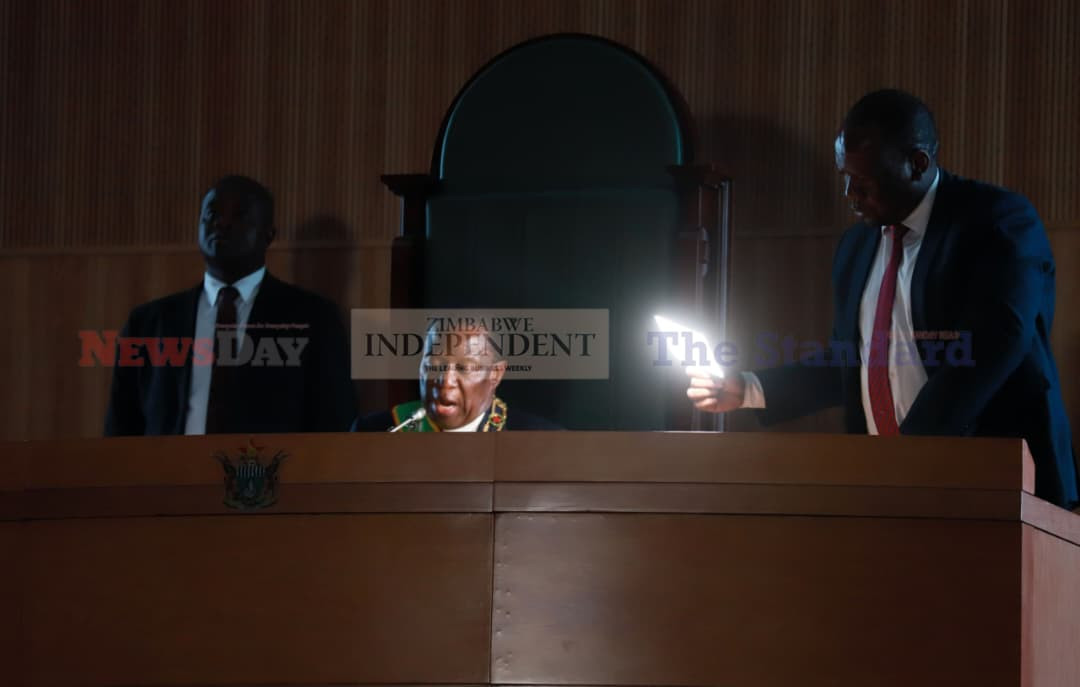
VALUING a company is typically straightforward to the seasoned analyst, but this is hardly the case in Zimbabwe. The local market is marked with policy uncertainty, high inflation, multiple currencies, and multiple exchange rates.
This is unlike many economies that typically have sound fiscal and monetary policies, a single currency, and single-digit inflation. Economies with such fundamentals often allow for valuations that can make assumptions for the next five to 10 years with a healthy level of certainty. Without these conditions, investment professionals must make some bold assumptions in search of the true value of a business.
Policy uncertainty and volatility have made it very difficult for company management to plan ahead, and this has also extended to investment professionals’ ability to build assumptions that are key to their valuations. We illustrate this with the recent change to export retention incentives on Victoria Falls Exchange (VFEX).
The first monetary policy statement of 2023 removed the full retention of export receipts on incremental exports for VFEX-listed companies and standardised foreign currency retention to 75%, both for listed and unlisted exporters. From the perspective of an exporter’s income statement, such a change would merit a haircut on the USD value of revenues given the persistent disparity between official and parallel market rates.
Another pain in the neck for investment professionals stems from multiple currencies. In the last couple of months, the local economy has been transitioning to USD-denominated transactions in the country.
According to Zimstats’ latest Poverty, Income, Consumption and Expenditure Surveys (PICES), more than 70% of transactions in Zimbabwe are now denominated in USD and this adds to investment professionals’ ability to determine the true USD value of an investment.
We add that inflation is too volatile for valuations that make assumptions about the next 10 years. In many objective valuation methods, cashflows for the next five to 10 years are generated as a function of, among other variables, inflation. However, forecasting inflation for Zimbabwe for next year has often proved difficult, let alone the next 10 years.
In addition, Zimbabwe has changed its legal tender twice between 2009 and 2019, and this also affects the choice of inflation rates to apply to any valuation model. As such, it has become imperative for one to “sanitise” the numbers by converting them to a stable currency and adjusting for line items that typically do not feature when reporting in a stable currency.
- Village Rhapsody: Pay teachers a living wage
- Village Rhapsody: Pay teachers a living wage
- Thousands flee economic mess
- Letters to the editor: Tackling energy poverty requires a 'gas is good for Africa' approach
Keep Reading
This allows for comparability with companies that are in the same sector as the company in question but in a different country. Although hyperinflationary accounting numbers are supposed to provide this process of sanitisation to users of accounting statements, we opine that they are limited in this regard because they do not fully incorporate the effect of material economic variables like the parallel market rate.
Historical figures do not attempt to sanitise the numbers at all, but they do offer an opportunity to adjust the numbers in ways that account for inflation and effective exchange rates.
We identify three items that are not consistently observed on the income statement of companies operating in an economy with a stable currency, namely (i) monetary adjustments, (ii) fair value adjustments, and (iii) foreign exchange adjustments.
These figures often distort the true financial performance of a company either by overstating or understating the actual numbers. For example, foreign exchange losses have underscored Econet’s net losses despite stable and positive EBITDA margins for the better part of the last four years.
Real estate company Masholding posted a net margin of 1,321% in historical cost accounting figures but a net loss of ZW$1,4 billion in hyperinflationary accounting numbers in FY21, all because of fair value adjustments. Without accounting for these figures, one can easily overvalue or undervalue a company based on these numbers.
We performed an exercise that attempts to ascertain the fair value of the ZSE’s 10 largest companies based on a proprietary method and the graph presents the results of this analysis.
From the analysis, one can ascertain with ease which stocks will provide returns in real dollars. Further calculations reveal that CBZ Holdings offers the greatest potential upside of 161%, followed by Delta Corporation with upside potential of 145%. The analysis also suggests that Ecocash, African Sun, and CFI are overvalued given that they have potential downside of 23%, 31%, and 44%, respectively.
That said, we remark that this method of company valuations is not perfect science. The business does not fully adjust for additional factors such as the effect of forward-pricing by businesses that typically results in higher-than-inflation growth in revenues. We recommend that investors should consult their investment advisors for additional assistance with regards to their investments.
Mtutu is a research analyst at Morgan & Co. — tafara@morganzim.com or +263 774 795 854.










